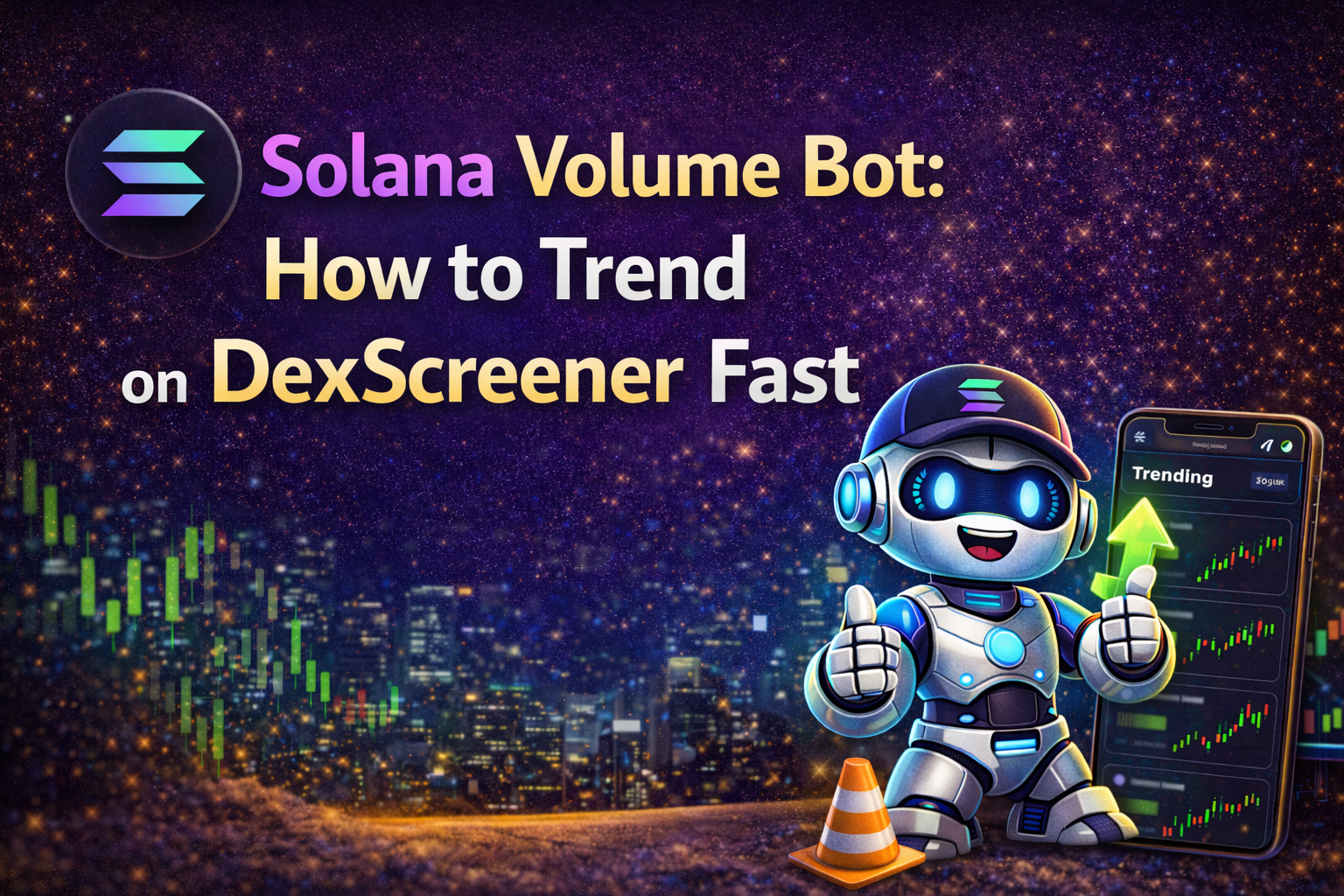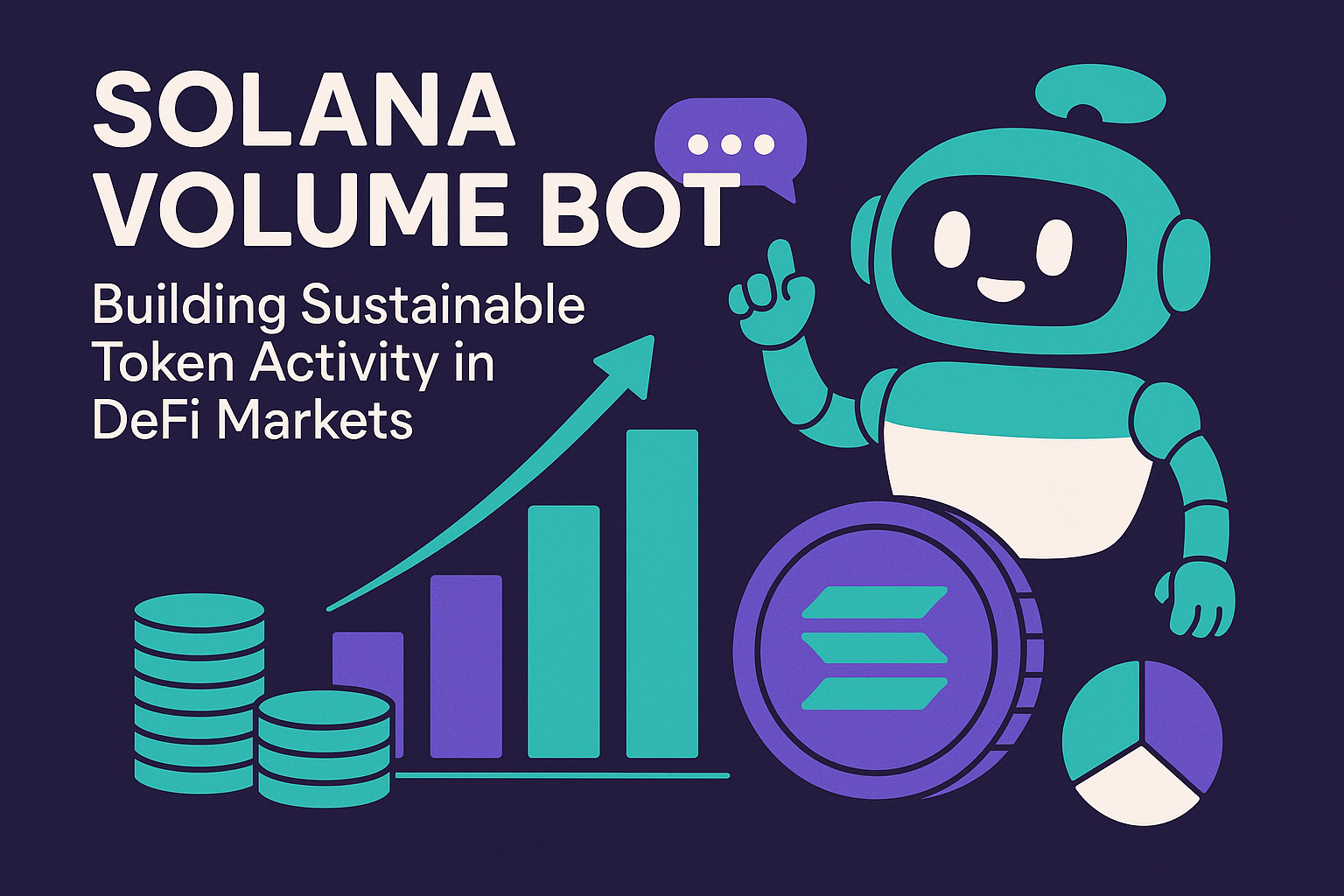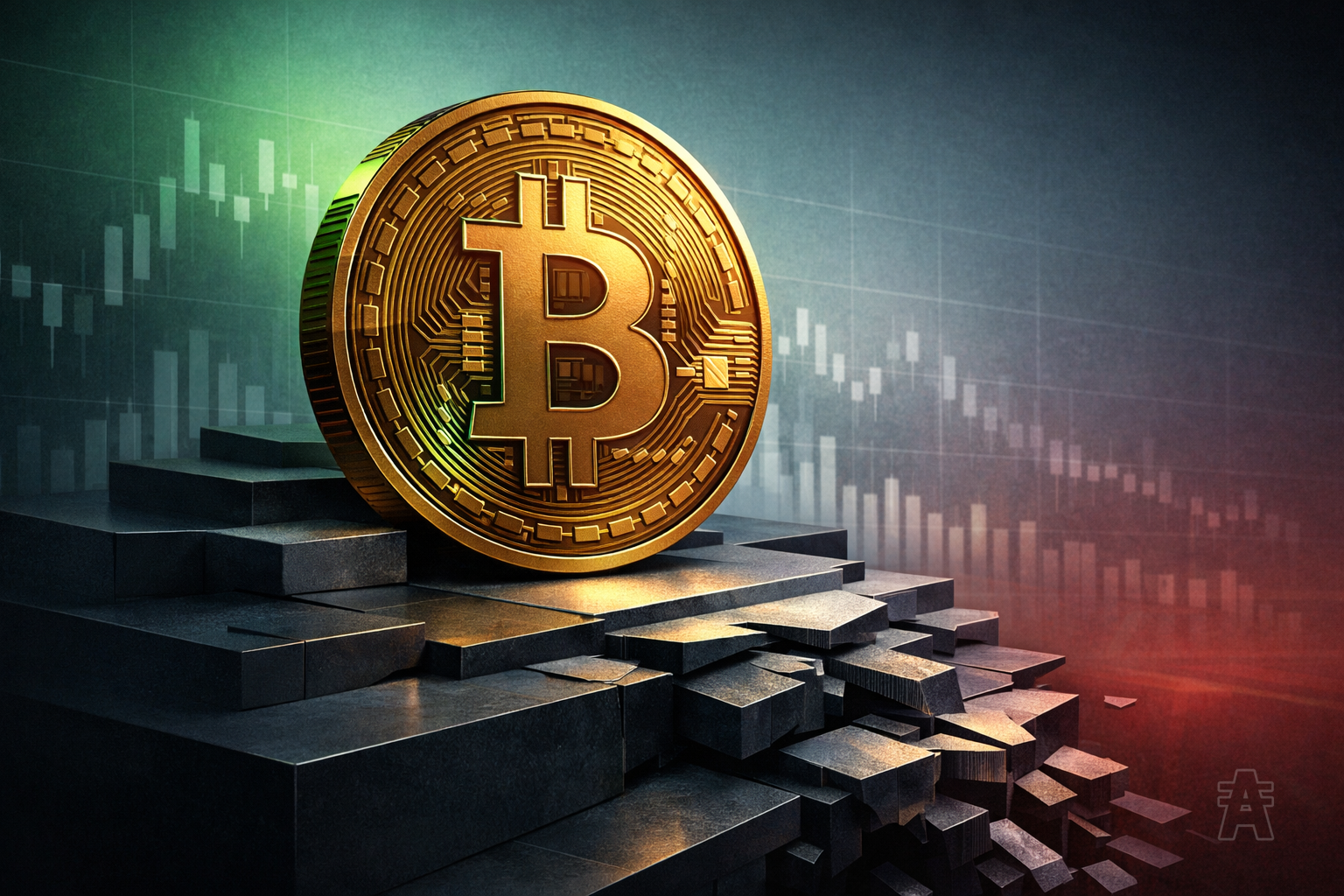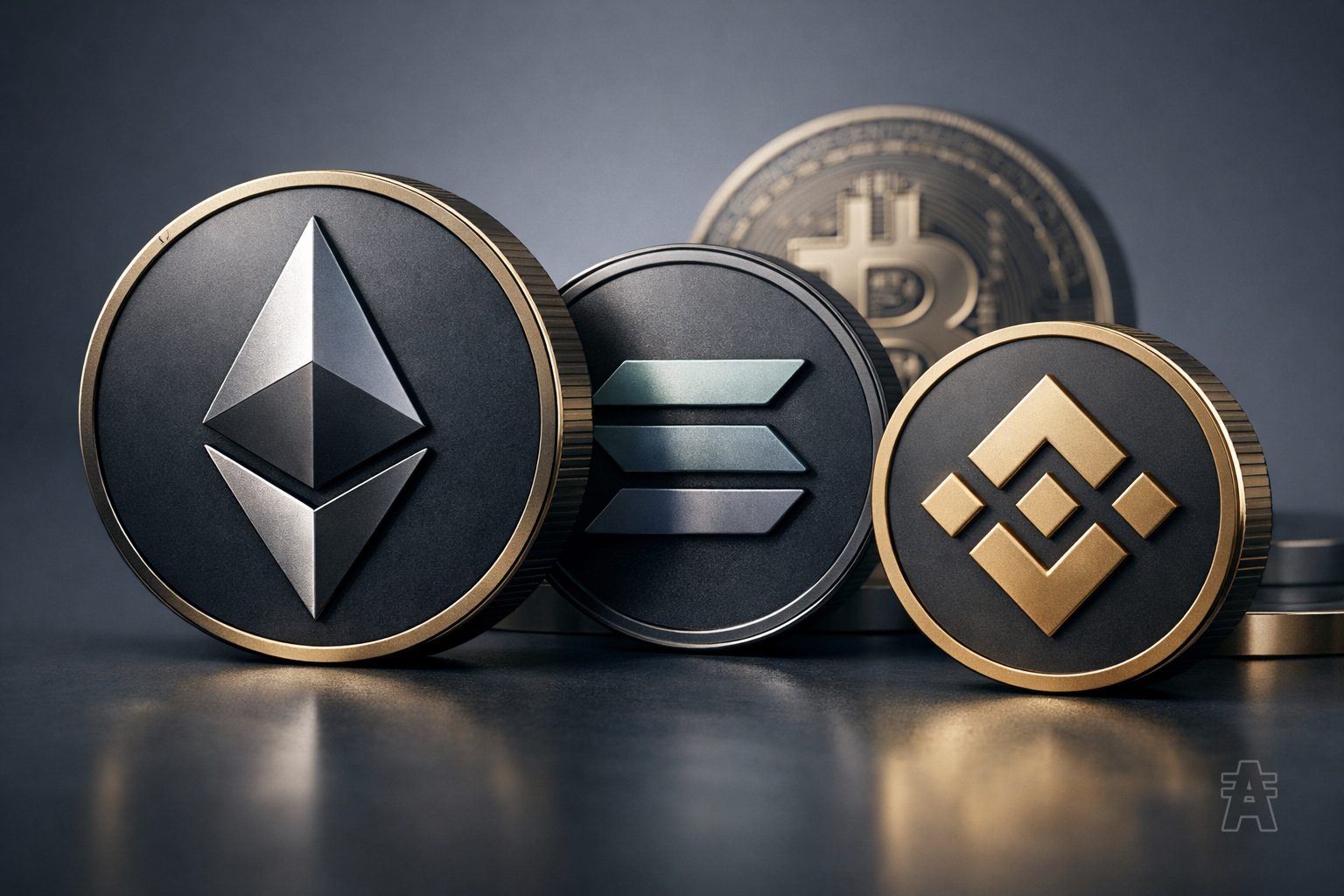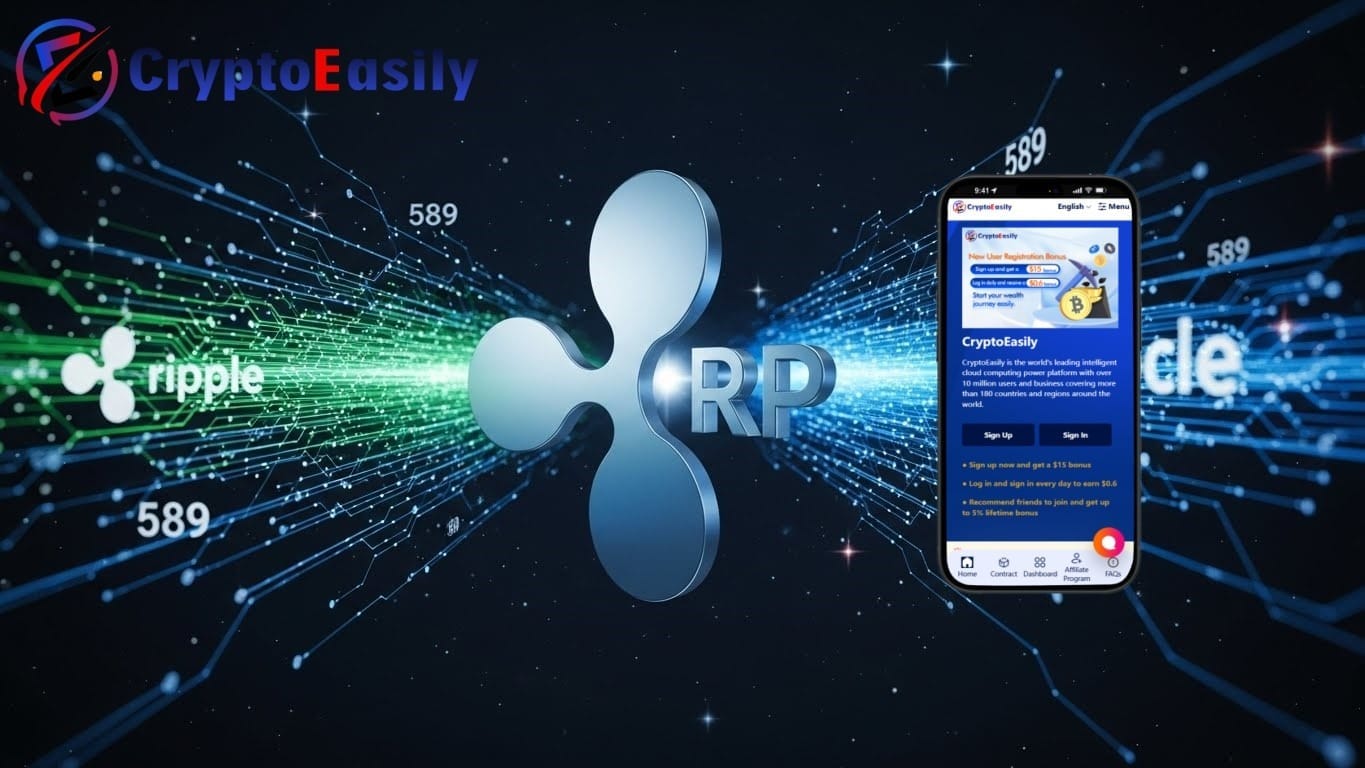Table of Contents
The crypto market has been experiencing a bull run since the beginning of this year, marked by a revival of multiple major blockchains. Solana (SOL), a blockchain platform known for its speed and efficiency, has been in the spotlight for its impressive price performance.
The prospect of Solana’s renewed bullishness in 2024 has captured the attention of enthusiasts and investors, sparking discussions and speculations about the future of the cryptocurrency.
Read on to understand SOL’s value and predictions of anticipated changes for 2024, exploring the factors influencing the coin’s trajectory.
SOL price analysis
Solana has witnessed a significant resurgence, not just for its coin price that recently climbed above the $200 mark for the first time since November 2021, but also for its overall customer engagement, network activity, and market cap.
On Monday, March 18, Solana’s price reached the $206.16 mark, contributing to its market cap hitting $92.251 billion. These remarkable valuations propelled SOL to become among the top four largest cryptocurrencies, surpassing BNB’s valuation.
SOL is up over 1,000% from its 2023 low, highlighting the crypto’s impressive ascend in 2024. The rise is accompanied by a similar uptick in usage metrics, showcasing the token’s tremendous economic activity. On Monday, March 18, the Total Value Locked (TVL) in Solana soared to $4.341 billion, an increase of 2000% from $210 million on January 1, 2024.
The likely contributor to Solana’s recovery is the rising popularity of its native meme coins. Since its launch last December, the value of Dogwifhat (WIF) surged from $0.1 to $2.7, recording an uptick of 1500%. Bonk (BONK) also witnessed a similar massive rise in value, registering annual returns of 3700% during the same period.
The reason behind the uptrend is increased user activity on the Solana network, which facilitates the easy creation and trading of digital assets, contributing to the proliferation of meme coins. The blockchain’s high transaction speeds and low fees are especially suited for high-volume trading associated with meme coins.
Since meme coins are speculative and hyper-driven, it’s unclear whether such investments would sustain Solana’s growth in the long run, especially when the current hype cycle ends. However, Solana’s rise reflects the increasing demand for user-friendly, scalable, and efficient blockchain platforms supporting next-generation decentralized applications.
At the time of writing, SOL is up 12.21% in the last 24 hours, trading at $188.13, according to CoinMarket cap, with its market capitalization standing at $83.53 billion, making it the fourth largest cryptocurrency in the market.
How did Solana cryptocurrency originate?
Solana, a cryptocurrency made to function similarly to and improve upon Ethereum, is the brainchild of software developer Anatoly Yakovenko. The founder launched the token in 2020, naming it after the small Southern Californian coastal city of Solana.
SOL has become a popular cryptocurrency, ranking as the fourth-largest coin by total market capitalization.
Due to its striking similarities to Ethereum, Solana is often called an “Ethereum killer”. Solana blockchain is a highly functional open-source project designed to support building scalable apps.
Solana's unique position
Solana's rise to a significant blockchain platform is recognized by its innovative approach to improving transaction speed and addressing scalability issues. Its architecture, based on combined unique consensus mechanisms called Proof-Of-History (POH) and Delegated Proof of Stake (DPoS), Solana infrastructure thrives on solving Ethereum scalability issues, setting it apart in the competitive blockchain space. While Solana's (POH) algorithm adds a layer of security to the network, the DPoS provides increased scalability to the blockchain.
With its aim to achieve efficient decentralized applications (DApps), low fees, and high throughput, Solana has captured the interest of both users and developers. Using a unique blend of POH and DPoS, Solana provides tremendously faster transaction speeds than its closest rivals, Ethereum and Cardano, at a fraction of the cost. The continuous improvement of new features and development of SOL's technological infrastructure play a crucial role in contributing to the platform's overall valuation.
Use cases and integration
The level of Solana’s adoption and integration into real-world use cases significantly impacts its value. Continued partnerships with other blockchain projects and increased adoption by enterprises and decentralized applications are key factors driving demand for SOL. Solana is a thriving ecosystem emerging as a vibrant and diverse hub of innovation, facilitating a wide range of decentralized applications, reinforcing its utility, and potentially influencing its price.
The Solana ecosystem enables use cases like:
- Creating DeFi platforms like a decentralized crypto exchange.
- Selling, trading, and minting NFTs (non-fungible tokens).
- Developing blockchain games and partnering with major firms like Forte, Griffin Gaming Partners, etc.
- Solana Pay is a free-to-use payment framework allowing merchants to obtain payments directly from clients through the Solana network. Users can even pay in stablecoins (like USDT) designed to maintain a stable price.
- Users can also stake Solana’s SOL tokens to participate and help maintain the security of the network's blockchain and, in exchange, receive rewards.
The future of Solana
Although analysts’ price forecasts vary, a general consensus commonly embraced is that SOL is likely to experience an upsurge over this year. Optimistic forecasts signal that SOL could reach a new all-time high of $270.39 by December 2024, driven by increased adoption, technological advancements, and the maturation of the wider crypto market. On the other hand, more conservative predictions expect steady growth but emphasize the significance of monitoring external factors like regulatory developments and market sentiments, which might lead to SOL’s decline to a minimum of $52.72.
Solana’s rising role in the DeFi landscape is the key factor in its anticipated growth. Its low fees and rapid transaction speed favorably position the cryptocurrency in the DeFi sector. Solana’s continued adoption by lending protocols, decentralized exchange, and other financial applications as their preferred blockchain is set to boost SOL’s demand further and positively impact its value this year.
Conclusion
As we delve further into 2024, the future of Solana appears promising yet complex.
Adoption rates, technological developments, market sentiment, and regulatory advancements collectively contribute to the complicated situation that impacts price trajectory.
Solana solidifying its position in the blockchain space creates excitement and opportunity in the crypto space.

